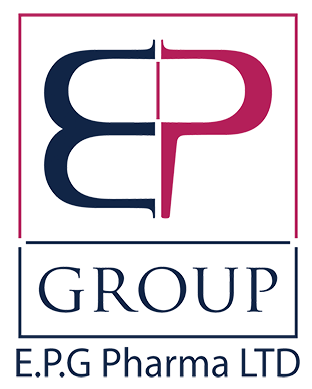IMPORTING SERVICES

Importing pharmaceutical products involves several critical steps to ensure compliance with regulations and ensure the safety and efficacy of the products. Here’s a comprehensive guide to help Us navigate the importation process
1. Regulatory Compliance
Understand Regulatory Requirements
- Regulatory Bodies: Identify the relevant regulatory authority in your country (e.g., FDA in the USA, EMA in Europe, MHRA in the UK).
- Approval: Ensure the pharmaceutical product is approved for import by the regulatory authority.
- Documentation: Prepare necessary documents such as an Import License, Certificate of Analysis, Good Manufacturing Practice (GMP) certificate, and Free Sale Certificate.
2. Supplier Selection
Choosing a Supplier
- Reputation: Select a reputable supplier with a track record of compliance and quality.
- Quality Assurance: Ensure the supplier adheres to GMP and other relevant quality standards.
3. Logistics and Transportation
Shipping Arrangements
- Shipping Mode: Choose an appropriate mode of transport (air, sea, or land) considering the product’s nature (e.g., temperature-sensitive pharmaceuticals may require refrigerated transport).
- Customs Clearance: Hire a customs broker familiar with pharmaceutical imports to handle customs documentation and clearance.
- Insurance: Obtain insurance coverage for the shipment to protect against loss or damage.
4. Packaging and Labeling
Compliance with Standards
- Packaging: Ensure the packaging meets regulatory standards for safety, tamper evidence, and environmental conditions.
- Labeling: Labels must comply with regulations, including product name, active ingredients, dosage form, manufacturer details, and expiry date.
5. Quality Control
Inspection and Testing
- Quality Checks: Upon arrival, conduct quality checks to ensure the products meet the specified standards.
- Laboratory Testing: Perform laboratory testing to verify the product’s identity, potency, and purity.
6. Documentation and Record-Keeping
Maintain Records
- Documentation: Keep detailed records of all importation documents, quality tests, and communications with regulatory bodies.
- Traceability: Ensure all products are traceable from the point of import to final distribution.
7. Distribution and Storage
Storage Requirements
- Storage Conditions: Store the pharmaceuticals under conditions specified by the manufacturer and regulatory guidelines (e.g., temperature control).
- Inventory Management: Implement a robust inventory management system to track stock levels, expiry dates, and batch numbers.
8. Compliance and Audits
Regular Audits
- Internal Audits: Conduct regular internal audits to ensure ongoing compliance with regulatory requirements.
- Regulatory Inspections: Be prepared for inspections by regulatory bodies and maintain readiness for compliance checks.
Additional Tips
- Legal Counsel: Consult with legal counsel specializing in pharmaceutical imports to navigate complex regulations.
- Stay Updated: Keep abreast of regulations and industry standards changes to ensure continuous compliance.
- Networking: Join industry associations and networks to stay informed about best practices and regulatory updates.
By following these steps, you can ensure a smooth and compliant process for importing pharmaceutical products.

